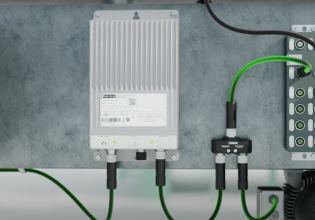K
I wonder....could a Power Plant unit "behave" properly, if the control of its load reference is modified by the operators of the plant the same as it was controlled "In Remote" by a dispatch center.
For example: when given by the dispatch center a signal (4-20mA) which it is received by the DCS via RTU and then sent to MARK VI. let's say from 300 MWatts to drop down to 250 MWatts (technical minimum load of the plant is 220 MWatts). how will the load rate will behave then? Will be, for example, 20 MWatts per minute? Which are the parameters/variables that will affect to that load rate? Is it acceptable for the operator to intervene to such constant variables of the system?
Thanx a lot in advance !
For example: when given by the dispatch center a signal (4-20mA) which it is received by the DCS via RTU and then sent to MARK VI. let's say from 300 MWatts to drop down to 250 MWatts (technical minimum load of the plant is 220 MWatts). how will the load rate will behave then? Will be, for example, 20 MWatts per minute? Which are the parameters/variables that will affect to that load rate? Is it acceptable for the operator to intervene to such constant variables of the system?
Thanx a lot in advance !






